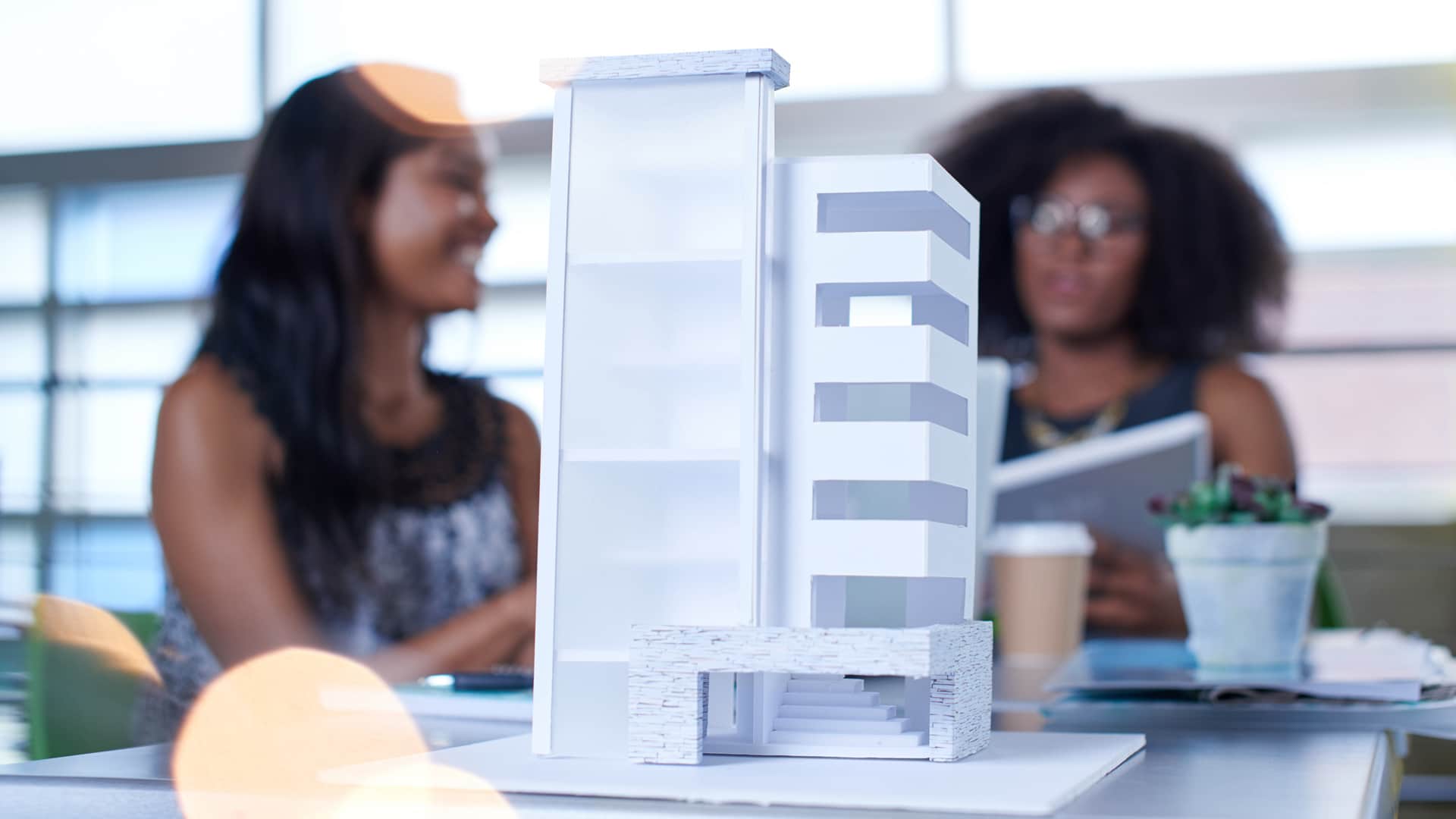Bespoke Architecture – Crafting Unparalleled Spaces to Unique Vision
Bespoke architecture embodies the art and science of creating unique, tailored environments that reflect the distinct preferences and lifestyles of their inhabitants. Unlike conventional architectural designs that often adhere to standardized templates, bespoke architecture prioritizes individuality, creativity, and functionality, resulting in unparalleled spaces that resonate deeply with their users. This approach begins with a thorough understanding of the client’s vision, needs, and aspirations, allowing architects to devise solutions that harmonize with the surrounding landscape, cultural context, and existing structures. The process typically involves close collaboration between architects, designers, and clients, ensuring that every detail is meticulously crafted to create a space that feels both personal and purposeful. This level of customization can manifest in various ways, from the overall layout and structural design to the selection of materials, color palettes, and interior furnishings.

For instance, a bespoke home might integrate sustainable materials, advanced technology, and innovative construction techniques, resulting in an eco-friendly yet luxurious living space. In commercial projects, bespoke architecture can enhance brand identity, creating environments that reflect the ethos of a company while also prioritizing employee well-being and productivity. Such spaces might incorporate open-plan designs, flexible work areas, and biophilic elements, fostering creativity and collaboration among team members. One of the key aspects of bespoke architecture is its ability to adapt to the unique challenges and opportunities presented by a site. Architects often engage in extensive site analysis, considering factors such as topography, climate, and local ecosystems to ensure that their designs are not only visually striking but also environmentally sustainable and contextually relevant.
This sensitivity to the surrounding environment allows for the creation of structures that blend seamlessly with their natural or urban settings, contributing to a sense of place that resonates with both residents and visitors. Furthermore, bespoke architecture often incorporates elements of storytelling, weaving the personal narratives of clients into the very fabric of the design. This might involve the inclusion of specific cultural references, historical elements, or artistic features that speak to the client’s heritage or personal journey, resulting in spaces that are rich in meaning and significance. The integration of technology also plays a crucial role in bespoke architecture, as smart home systems and innovative building materials offer opportunities for enhanced functionality and comfort. The Outsourced Drafting automated lighting and climate control systems to advanced security features, these elements not only improve the user experience but also ensure that bespoke spaces remain relevant and adaptable in an ever-evolving technological landscape. Ultimately, bespoke architecture transcends mere aesthetics; it is about crafting environments that nurture the human experience.
